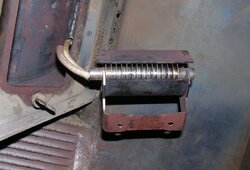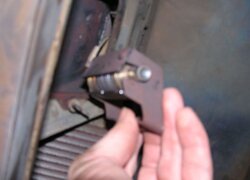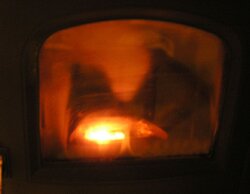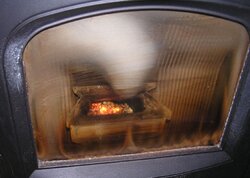- Dec 14, 2005
- 177
I had my Accentra installed at the end of feb in 2006.
Since then I have replaced 7 ignitors and today it died.
My kill-a-watt reader shows 133W starting the stove instead of the usual 410W with the feeder on.
Yesterday it started fine and today its dead.
I am calling the dealer tomorrow to have it replaced again and probably have a discussion about warranty. They have replaced all of them so far at no charge but I dont expect them to keep doing it but I feel I shouldnt be paying for it either.
My frustration is that I dont know what causes these deaths. Back in 2007 I know there was a bad batch of ignitors, but that was almost three years ago, would I be so unlucky to keep getting bad ones?
I dont know what else to do to fix the problem if there is a problem and stop using the automatic ignition is not a solution for me. I bought the stove because of it. I cant use the stove using all its features then whats the point of having it?
I have it plugged into a UPS battery that also protects for surges, I use the temp dial everyday to turn it up and turn it down.
I scrape the burn pot every few days to remove the carbon and do a throughly clean when the ash pan is full.
What can the dealer do to troubleshoot this? What has Harman do to fix this? I need answers, I am frustrated with this stove and with Harman. I thought I was buying a top quality product and paid the premium for it and it keeps me giving headaches.
Rant off.
Since then I have replaced 7 ignitors and today it died.
My kill-a-watt reader shows 133W starting the stove instead of the usual 410W with the feeder on.
Yesterday it started fine and today its dead.
I am calling the dealer tomorrow to have it replaced again and probably have a discussion about warranty. They have replaced all of them so far at no charge but I dont expect them to keep doing it but I feel I shouldnt be paying for it either.
My frustration is that I dont know what causes these deaths. Back in 2007 I know there was a bad batch of ignitors, but that was almost three years ago, would I be so unlucky to keep getting bad ones?
I dont know what else to do to fix the problem if there is a problem and stop using the automatic ignition is not a solution for me. I bought the stove because of it. I cant use the stove using all its features then whats the point of having it?
I have it plugged into a UPS battery that also protects for surges, I use the temp dial everyday to turn it up and turn it down.
I scrape the burn pot every few days to remove the carbon and do a throughly clean when the ash pan is full.
What can the dealer do to troubleshoot this? What has Harman do to fix this? I need answers, I am frustrated with this stove and with Harman. I thought I was buying a top quality product and paid the premium for it and it keeps me giving headaches.
Rant off.






